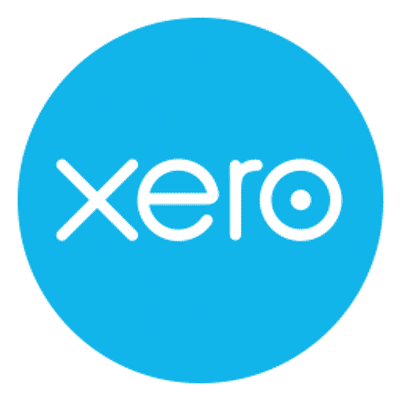UA Business Software is a Accounting Software. UA Business Software offers Accounts Payable, Accounts Receivable, Billing and Invoicing, General Ledger, Multi-Currency and many more functionalities.
Some top alternatives to UA Business Software includes Quickbooks, Xero, Freshbooks, ActivityHD and Unit4 ERP.
No, UA Business Software doesn't provide API.
No, UA Business Software doesn't provide mobile app.
UA Business Software is located in Houma, Louisiana
UA Business Software offers Quotation Based pricing model
The starting price is not disclosed by UA Business Software. You can visit UA Business Software pricing page to get the latest pricing.













